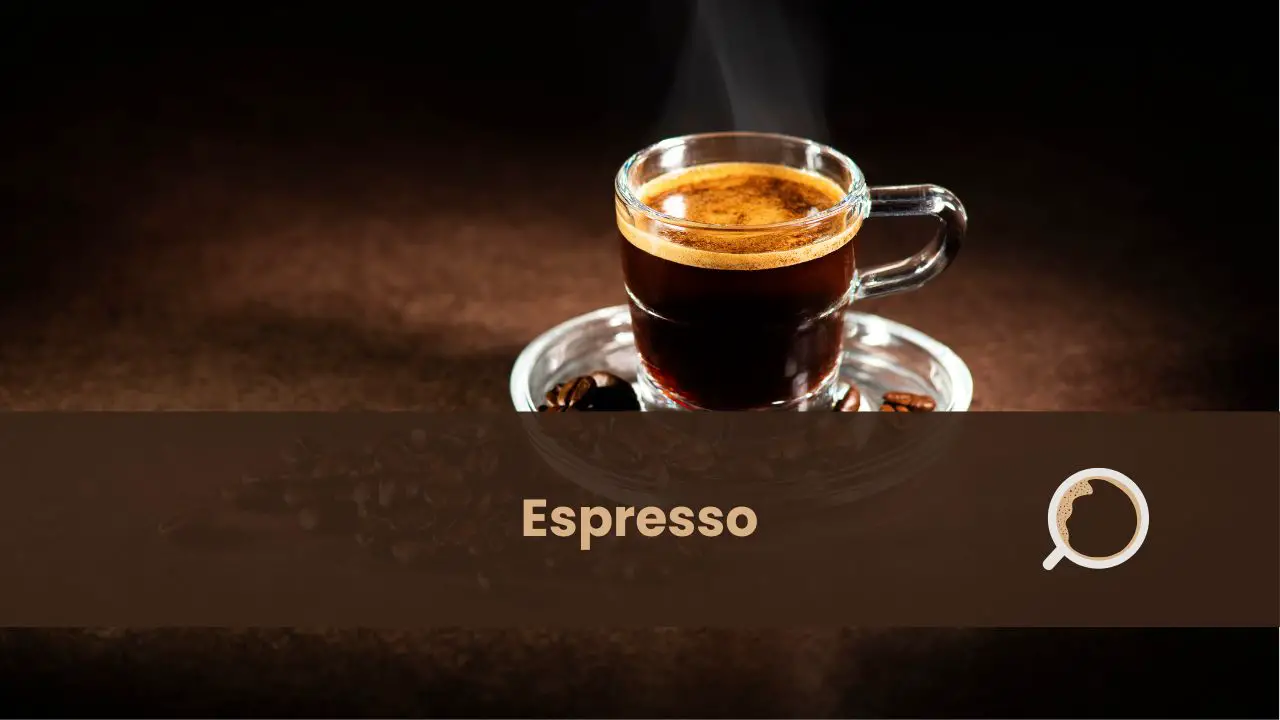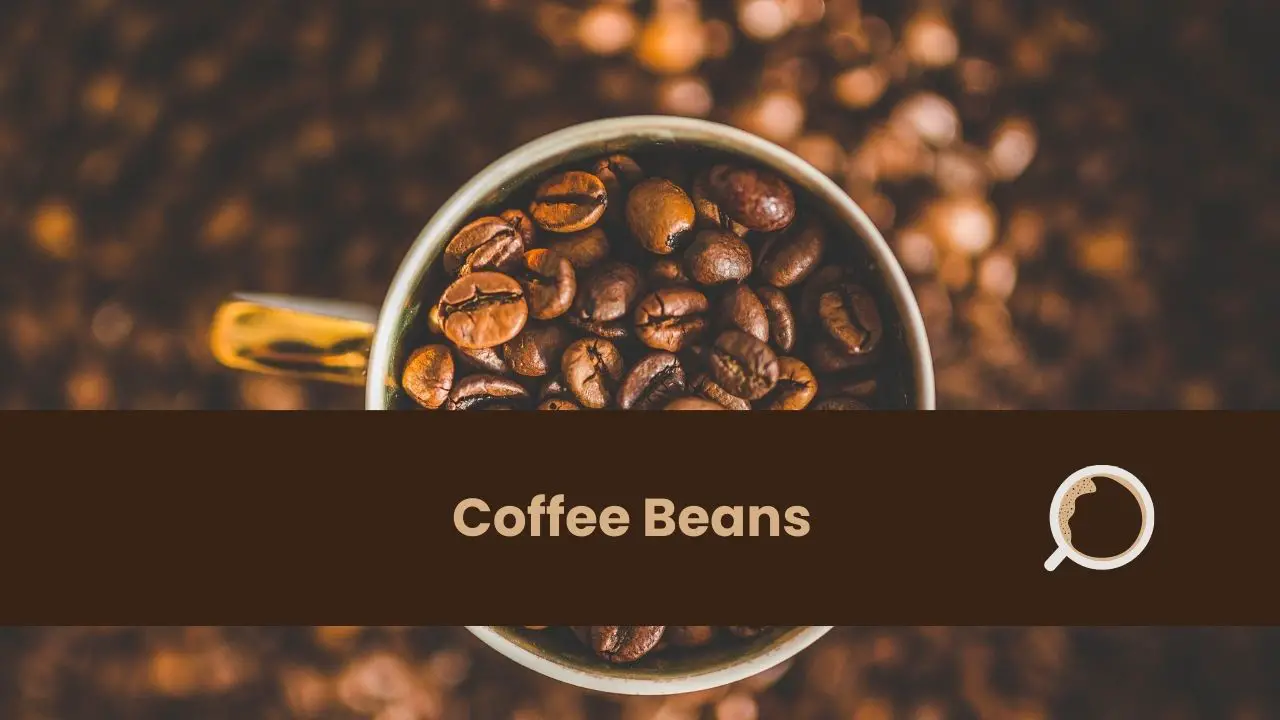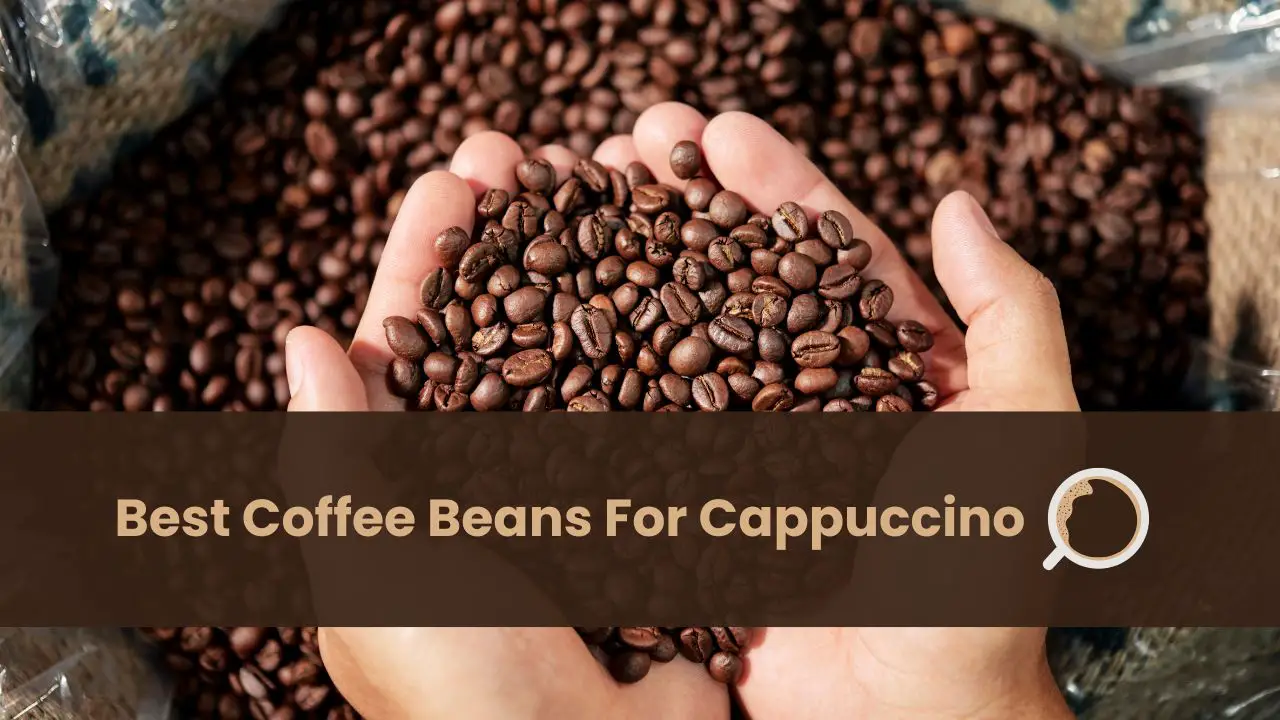Last Updated on: 19th February 2024, 09:18 pm
As a coffee enthusiast, I can confidently say that espresso is not just a mere drink; it’s an unparalleled experience that transcends the boundaries of ordinary coffee.
The journey of understanding what espresso truly is goes beyond the surface and delves into the intricate world of flavor profiles and brewing techniques.
I’m excited to explore the essence of espresso in three key points:
- The perfection found in a concentrated cup,
- The captivating flavors that draw us in, and
- The rich culture and rituals that surround this beloved beverage.
What Is An Espresso Coffee?
Espresso, a divine elixir born from the artful marriage of finely ground coffee beans and high-pressure brewing, embodies the essence of concentrated perfection in every velvety sip. As an espresso enthusiast, let me take you on a journey through the captivating world of this liquid gold.
- Intense Flavor: The concentrated nature of espresso delivers a robust flavor that awakens the senses.
- Creamy Texture: One can’t help but be enchanted by the luxurious and creamy texture that coats the palate with each indulgent sip.
- Caffeine Kick: With approximately 64 milligrams of caffeine per shot, espresso offers a quick and potent energy boost through a single cup for those seeking liberation.
Join me in savoring the magic of espresso, where every drop holds a universe of flavor and intensity.
Why We Love Espresso Flavor, Culture, and Ritual
Entering the realm of espresso adoration unveils a sensory journey intertwining flavor, culture, and ritual into a harmonious symphony of the senses.
The bold and rich flavor of espresso and its creamy texture captivate the palate and leave a lasting impression. Its cultural significance, particularly in Italy, where it’s a way of life, adds depth to the experience, creating a sense of connection to tradition and community.
The ritual of savoring small espresso shots from elegant demitasse cups embodies a moment of mindfulness and appreciation for the intense flavors.
The versatility of espresso as a base for various coffee beverages further enhances its allure, offering endless possibilities for exploration and enjoyment. The love for espresso transcends mere taste; it encompasses a deep appreciation for the craft, the ambiance of coffee shops, and the camaraderie shared over a cup of this beloved brew.
From Italian Caffe to Global Phenomenon
Let’s embark on a flavorful journey through the evolution of espresso, starting with its early origins in Italy as a potent and swift coffee creation.
From the bustling cafes of Italy to the coffee houses of Europe and beyond, espresso’s aromatic allure transcended borders and captivated coffee lovers worldwide.
Witness the modern era’s innovative espresso machines and the versatility that has made this Italian creation a global phenomenon.
Early Origins – The Birth of Espresso in Italy
With roots tracing back to the early 1900s in Italy, the birth of espresso marks a pivotal moment in the evolution of coffee culture worldwide.
Embracing the Espresso Revolution:
- Passionate Innovation: Luigi Bezzera’s espresso machine patent 1901 ignited a coffee revolution, transforming how we enjoy this beloved beverage.
- Cultural Fusion: Italy’s industrialization period saw espresso rise, shaping the vibrant coffee culture we cherish today.
- Global Impact: The latte, born in the 1950s, became a symbol of espresso’s global reach, enchanting coffee lovers worldwide with its creamy allure.
The journey of espresso from the bustling cafes of Italy to becoming a global sensation reflects the spirit of innovation and passion that defines our love for this bold brew.
Spreading the Aroma – Espresso Conquers Europe and Beyond
Embarking on its journey from the bustling cafes of Italy, espresso captivated palates across Europe and beyond, evolving from a local delight to a global phenomenon. Italian coffee culture spread its aromatic tendrils, enticing new audiences with the allure of espresso flavor and aroma.
Espresso machines played a pivotal role, ensuring consistency and quality as the tradition expanded worldwide. The rich, bold taste of espresso and its intense aroma resonated with coffee enthusiasts globally, transcending borders and cultures.
From the cobblestone streets of Italy to the bustling metropolises of Europe and beyond, espresso found a place in people’s hearts, shaping the modern landscape of coffee enjoyment globally.
Modern Espresso’s Innovation and Versatility
The evolution of espresso from its traditional Italian roots to a globally embraced phenomenon has sparked a wave of modern innovations and creative adaptations, showcasing its versatility and enduring allure.
- Innovative Flavored Syrups: Espresso has transcended boundaries with various flavored syrups, elevating its taste profile and catering to diverse preferences.
- Diverse Alternative Milk Options: The availability of alternative milk options like almond, oat, and soy has revolutionized espresso consumption, offering dairy-free alternatives without compromising taste.
- Creative Latte Art Designs: Baristas worldwide have elevated espresso experiences through intricate latte art designs, turning each cup into a unique masterpiece that delights the eyes and the taste buds.
Espresso’s journey inspires new possibilities, blending tradition with innovation to create a world of endless coffee enjoyment.
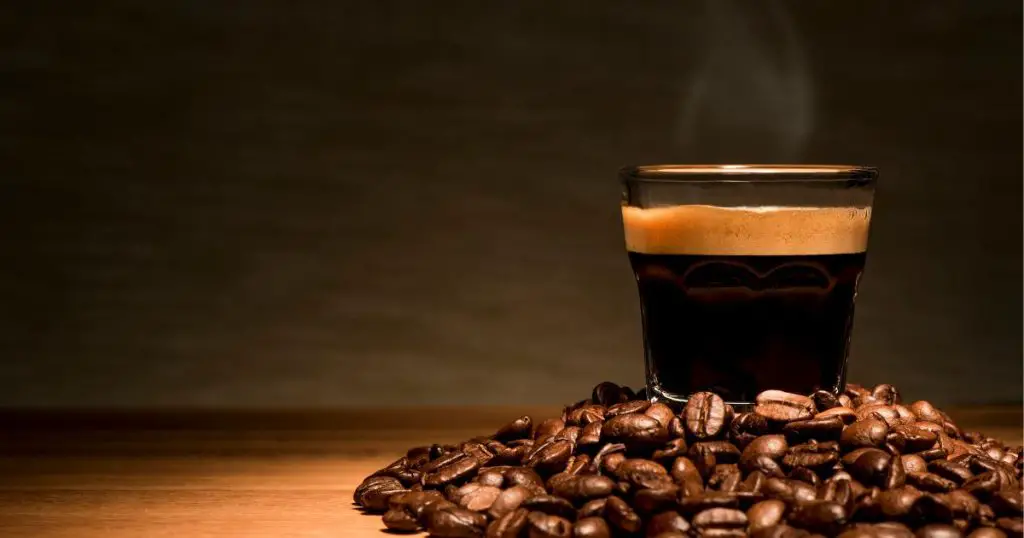
Demystifying the Science Of What Makes Espresso Unique?
Let’s unravel the enchanting world of espresso, where pressure, temperature, and timing work their magic.
Discover the golden ratio that guides the perfect extraction, unveiling the secrets of the bean for a rich flavor experience.
Your journey into espresso’s uniqueness begins with essential equipment insights and the gateway to perfect coffee – the espresso machine.
Brewing Under High Pressure
Experiencing espresso’s intense and rich flavor is like unlocking a taste sensation created through the magic of pressure brewing under high pressure. The brewing process involves high pressure, typically 9 bars, which extracts flavors and oils from finely ground coffee beans.
This pressure-driven method results in a quicker extraction, enhancing the boldness and complexity of the flavor profile. The forceful water push through the coffee grounds creates a concentrated shot and a velvety layer of crema, adding a luxurious touch to each sip.
This unique brewing technique under high pressure sets espresso apart, delivering a truly exceptional coffee experience.
Temperature and Timing – The Golden Ratio for Perfect Extraction
Delving into the intricate art of espresso brewing unveils the essential role of temperature and timing in achieving the perfect extraction, unlocking the distinctive flavors that make espresso unique.
The ideal temperature for brewing espresso falls between 195-205°F, ensuring the best flavors are extracted from the coffee beans. Timing is equally critical, with the golden ratio for a perfect extraction being a 1:2 coffee-to-water ratio, resulting in a well-balanced and rich shot.
Aim for a shot extraction time of 25-30 seconds to achieve optimal flavor and crema. By mastering the interplay between temperature and timing in espresso brewing, enthusiasts can consistently produce high-quality shots with intense flavor and a velvety texture that truly embodies the essence of espresso.
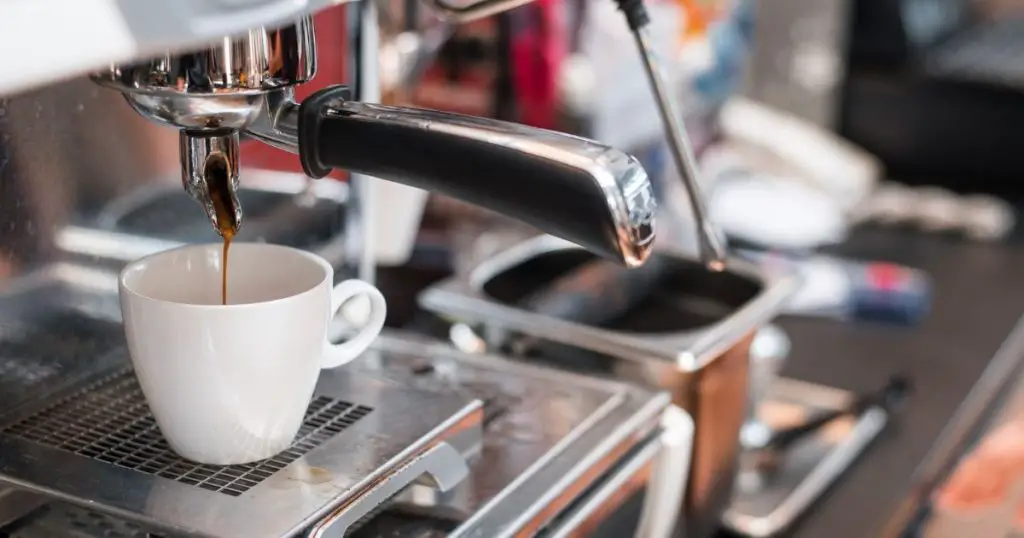
The Bean Factor – Exploring Roasts and Origins for Rich Flavor
Exploring the rich flavors of espresso involves understanding how different roasts and origins of coffee beans play a crucial role in shaping its unique taste profile. Regarding espresso, the bean factor is paramount in crafting that perfect cup. Here’s why:
- Roast Intensity: Dark roasts create a bold and intense espresso experience, perfect for those who enjoy a robust flavor profile.
- Origin Influence: Single-origin beans bring distinct flavors from specific regions, offering a taste journey that reflects the bean’s unique terroir.
- Blend Complexity: Espresso blends, carefully combining beans from various origins, deliver a harmonious balance of acidity, sweetness, and bitterness that can elevate your coffee experience to new heights.
Embrace the diversity of coffee beans and roasts to unlock a world of flavors in your espresso journey!
Your Home Barista Kit And Essential Equipment Unveiled
Unveiling the essential equipment for your home barista kit is crucial to understanding the science behind what makes espresso unique. As a home barista, having a quality grinder is essential to achieve the fine grind needed for espresso.
A tamper is key for evenly compressing the coffee grounds in the portafilter, ensuring proper extraction. A milk frother is also indispensable for creating creamy textures in drinks like lattes and cappuccinos.
When used skillfully, these tools contribute to the art of crafting a perfect shot of espresso. Experimenting with different beans, grind sizes, and brewing techniques will empower you to tailor your espresso experience to your preferences, unlocking a world of flavor possibilities in the comfort of your home.
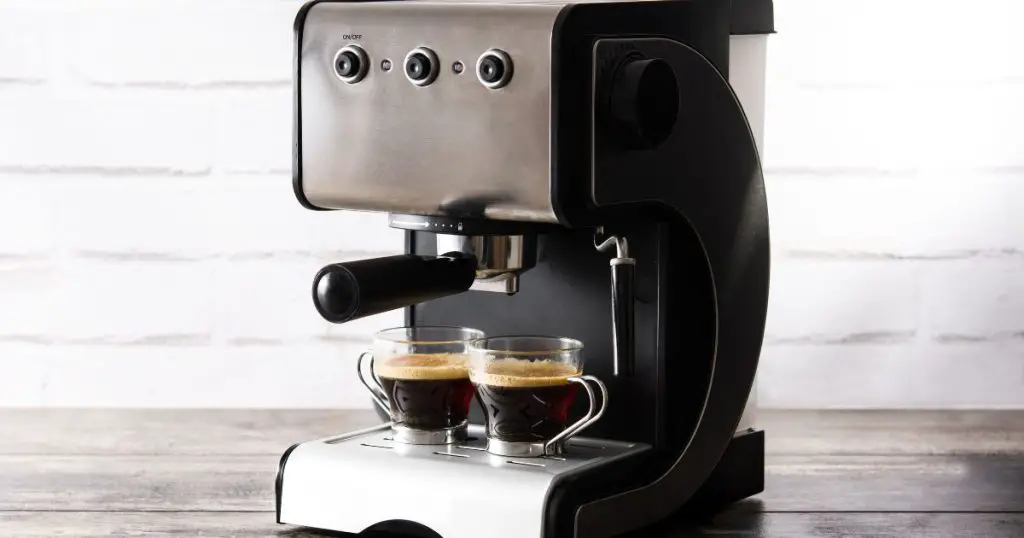
Espresso Machines – Your Gateway to Perfect Coffee
As a home barista, it is understanding the science behind what makes espresso unique starts with demystifying the role of the espresso machine in unlocking the gateway to perfect coffee. The espresso machine utilizes high pressure to extract a concentrated shot of espresso from finely ground coffee beans, resulting in a rich and bold flavor profile.
This high-pressure brewing process also leads to the formation of crema, the creamy foam layer that tops off a perfect shot of espresso. With each sip, the intricate dance of flavors from the carefully selected coffee beans is showcased in the harmonious balance of intensity and smoothness.
Mastering the art of pulling the perfect shot becomes a journey of discovery and delight, opening up a world of coffee possibilities in your kitchen.
Grinding Fundamentals From Bean to Perfect Grounds
Navigating the intricate world of espresso begins with understanding the crucial role of grinding fundamentals from bean to perfect grounds.
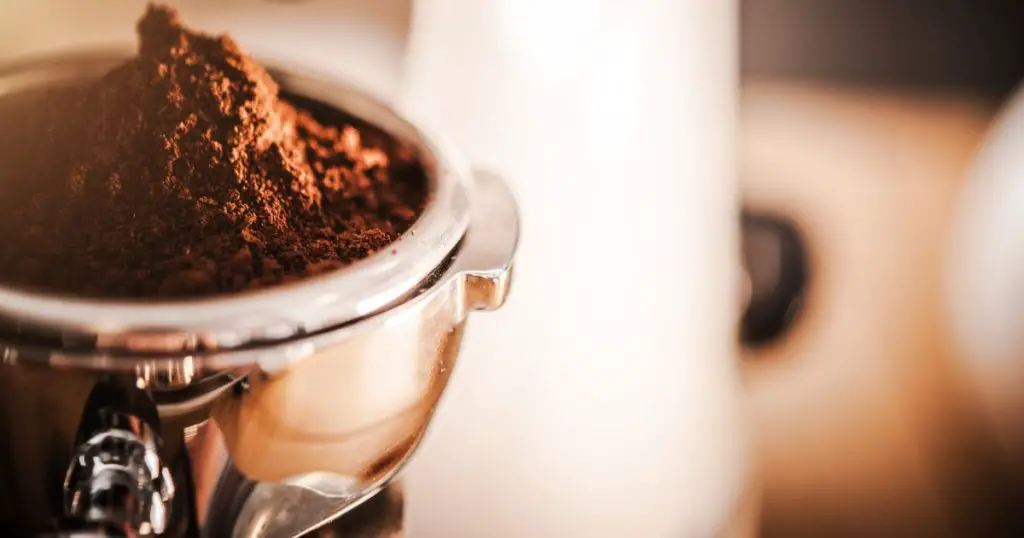
When it comes to espresso, the grind size is a key player in determining the flavor and quality of your shot. Baristas know that the right grind size is essential for optimal extraction, balancing the rich flavors and aromas that make espresso unique.
A fine grind size maximizes the surface area for extraction, ensuring a well-rounded and full-bodied espresso shot. By controlling the grind size, baristas can manipulate the water flow rate through the grounds, ultimately influencing the taste profile of the final brew.
Mastering the art of grind size is fundamental to unlocking the full potential of your espresso experience.
The Art of Tamping
Delving into the art of tamping reveals the key to achieving uniformity for balanced flavors in espresso.
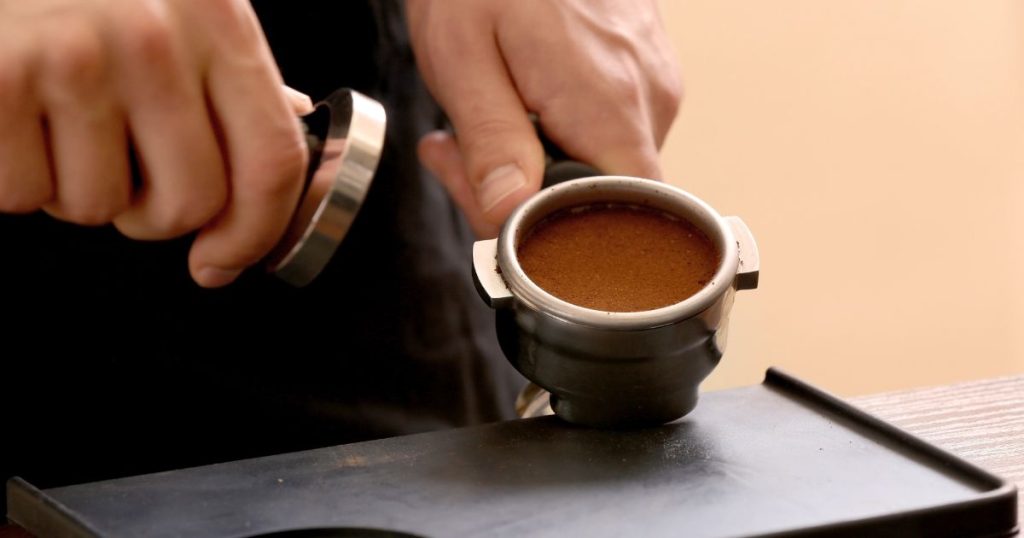
- Precision: Every press matters; a consistent pressure ensures even extraction.
- Control: Mastery over tamping controls water flow, dictating the intensity of flavors.
- Balance: Tamping with water flow harmonizes with a well-rounded espresso shot.
Tamping, the act of compacting coffee grounds in the portafilter, is where the magic begins. It sets the stage for the water to flow through the grounds evenly, extracting the flavors meticulously crafted in each bean. A well-tamped bed of coffee welcomes the water, coaxing out the nuances that make each espresso unique.
Mastering the art of tamping isn’t just about technique; it’s about unlocking the full potential of every shot of espresso.
Pulling the Perfect Shot A Step-by-Step Guide
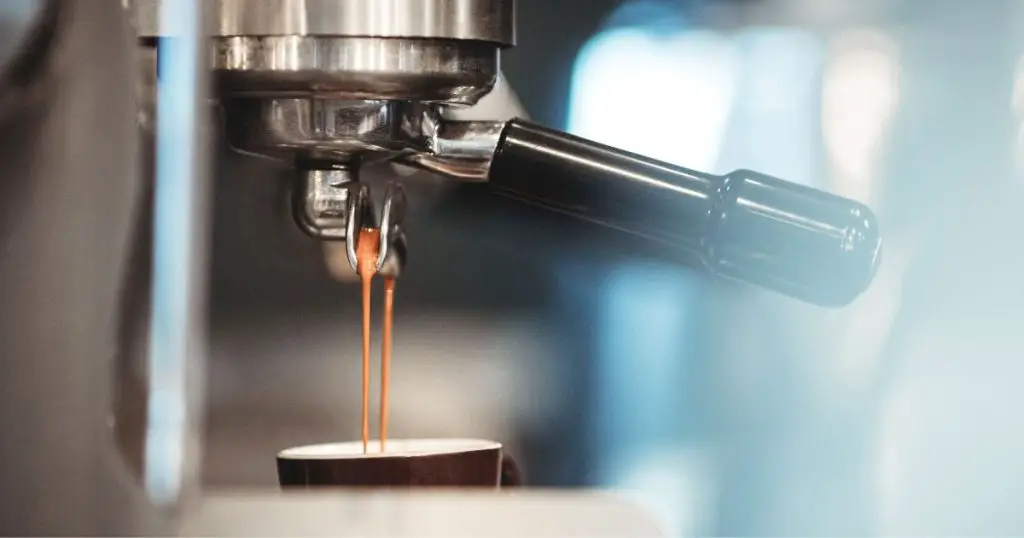
Step 1 – Dosing and Distribution Setting the Stage for Extraction
Setting the stage for the perfect espresso shot begins with precise dosing and distributing coffee grounds in the portafilter.
- Dosing: The foundation of a great shot lies in the right amount of ground coffee. Too little and the shot lacks flavor; too much can lead to over-extraction.
- Ground Coffee Distribution: Evenly spreading the grounds in the portafilter ensures uniform extraction, unlocking the full potential of the coffee’s flavors.
- Extraction: Proper dosing and distribution pave the way for a balanced extraction, where water flows through the coffee puck evenly, resulting in a well-rounded and flavorful espresso shot.
Mastering these steps sets the groundwork for a truly exceptional espresso experience, allowing the freedom to explore and enjoy the art of coffee extraction.
Step 2 – Tamping with Precision Building the Foundation
With precision tamping, I ensure even water penetration through the espresso grounds, a crucial step for achieving optimal extraction in every shot I pull. Tamping with the right pressure, usually around 30 pounds, sets the stage for the water to flow evenly through the coffee puck during extraction.
This process builds a solid foundation for the espresso shot, helping to unlock the rich flavors and aromas hidden within the beans. Consistency in my tamping technique is key to maintaining a uniform density in the coffee puck, resulting in a balanced and flavorful extraction.
Step 3 – Pulling the Shot Watching the Dance of Crema and Flow
Ensuring a perfect espresso shot involves precise tamping and keen observation of the crema and flow during extraction. Watching the dance of crema and flow is where the magic truly happens in creating that perfect shot of espresso.
My Passionate Steps for Pulling the Perfect Shot:
- Crema Richness: Witnessing the crema forming a thick and velvety layer on top of the espresso shot is like seeing a masterpiece come to life.
- Flow Rate Harmony: Achieving a steady flow rate of 1-2 ounces in 25-30 seconds brings a symphony of flavors that dance on your taste buds.
- Tiger Striping Beauty: The mesmerizing patterns of tiger striping in the espresso flow reveal the artistry of the right grind size and tamp pressure, promising a delightful sensory experience.
Milk Frothing Magic Crafting Silky Textures for Latte Art
Crafting silky textures for latte art with milk frothing magic enhances espresso-based beverages’ visual and taste experience. Frothing milk is crucial in creating the perfect canvas for latte art, allowing intricate designs to adorn your coffee.

The process of frothing milk involves heating and aerating it to achieve a velvety texture that complements the bold flavors of espresso beverages. Mastering milk frothing is key to elevating your home barista skills and impressing your guests with professional-looking lattes and cappuccinos.
The silky smooth texture created through frothing enhances the overall presentation and plays a significant role in the flavor profile of your favorite espresso drinks.
Troubleshooting Your Brew Conquering Common Challenges
Bitter Shots Adjusting Grind and Dosing for Sweetness
Adjusting the grind size and proper dosing of coffee grounds are essential steps in troubleshooting your brew to enhance the sweetness of your espresso shots and conquer bitterness.
Here’s how to achieve a sweeter espresso experience:
- Fine-tune the Grind Size: A finer grind can reduce bitterness and extract more flavors from the coffee beans.
- Perfect the Dosing: Properly dosing the coffee grounds ensures a balanced and sweet espresso shot.
- Mind the Extraction Time: Adjusting the extraction time can help minimize bitterness and bring out the desired flavors in your espresso.
Mastering these elements will improve your espresso’s taste and unlock a world of delightful flavors in every sip.
Channeling Achieving Even Extraction for Balanced Flavor
Fine-tuning the grind size and perfecting the dosing are key steps in achieving a sweeter espresso experience. However, addressing channeling is crucial for ensuring even extraction and a balanced flavor profile in your brew.
Channeling, which results in uneven water flow through the coffee puck, can lead to an imbalanced flavor extraction. To combat this, pay close attention to your tamping technique, use a high-quality grinder to maintain consistent particle size, and ensure even distribution of grounds in the portafilter.
Channeling can occur due to improper tamping, inconsistent distribution of coffee grounds, or grinder irregularities. By mastering methods to prevent channeling, you can elevate the quality and consistency of your espresso extractions, resulting in a more satisfying and flavorful espresso shot.
Sour Espresso Exploring Freshness and Brewing Parameters
Exploring the impact of freshness and brewing parameters on the sour notes of espresso reveals essential insights for troubleshooting and conquering common challenges in your brew.
When dealing with sour espresso, consider the following:
- Freshness Matters: Using overly fresh coffee beans can contribute to sour flavors because the beans need time to degas properly after roasting.
- Brewing Precision: Adjusting brewing parameters such as grind size, water temperature, and extraction time can help correct the sour taste by ensuring proper extraction.
- Balancing Acidity: Sourness in espresso often links to acidity, emphasizing the need for a well-balanced brew to enhance the overall flavor profile.
Iconic Espresso Drinks Unlocking the Classics
I can’t wait to share the iconic espresso drinks that have become classics in the coffee world.
From the creamy delight of a Latte to the bold espresso magic of a Cappuccino and the quick burst of intense flavor in a Macchiato, each drink offers a unique experience showcasing espresso’s versatility and complexity.
These drinks are a testament to the artistry and creativity achieved through the simple combination of espresso and milk.
The Latte Creamy Delight with a Milk Harmony
The beloved latte is an iconic drink that embodies a harmonious blend of espresso and steamed milk and is known for its creamy delight and layered flavors.
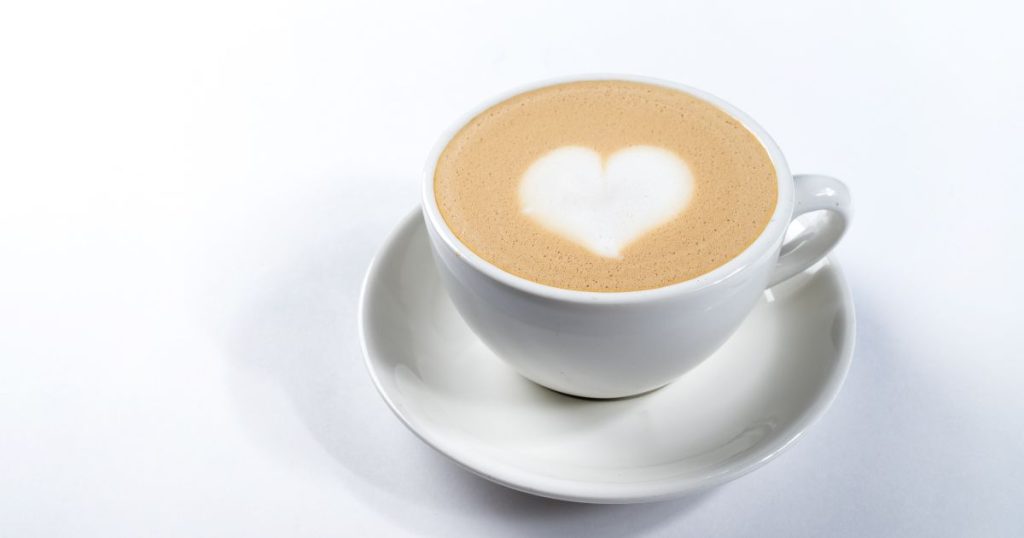
Lattes are a delightful indulgence, offering a perfect balance of rich espresso and velvety steamed milk, creating a luxurious mouthfeel that tantalizes the taste buds.
Adding flavored syrups like vanilla or caramel enhances the latte experience, adding a touch of sweetness that complements the robust coffee flavors.
Served in a glass or ceramic cup, lattes not only please the palate but also delight the eyes with their beautifully layered presentation.
It’s a comforting embrace in a cup, a soothing blend of espresso and milk that brings joy with every sip.
The Cappuccino Bold Espresso Meets Frothy Milk Magic
Bold espresso meets frothy milk magic in the classic cappuccino, a harmonious blend of equal parts espresso, steamed milk, and milk foam originating from Italy.
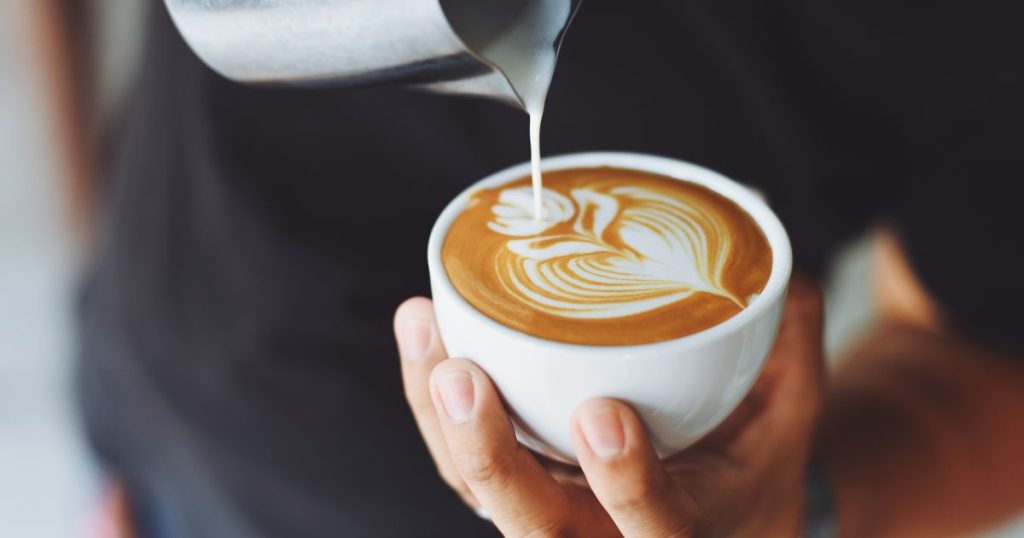
With its rich espresso flavor perfectly balanced by the creamy milk, the cappuccino has become a symbol of coffee culture worldwide.
Served traditionally in a five to six-ounce cup, the cappuccino showcases the beautiful layers of espresso and milk, often adorned with a sprinkle of cocoa for that extra indulgence.
This iconic espresso drink is a favorite for those seeking the perfect harmony between the boldness of espresso and the velvety smoothness of milk foam.
The cappuccino is a timeless classic that continues to enchant coffee lovers with its delightful combination of flavors and textures.
The Macchiato – A Quick Burst of Intense Coffee Flavor
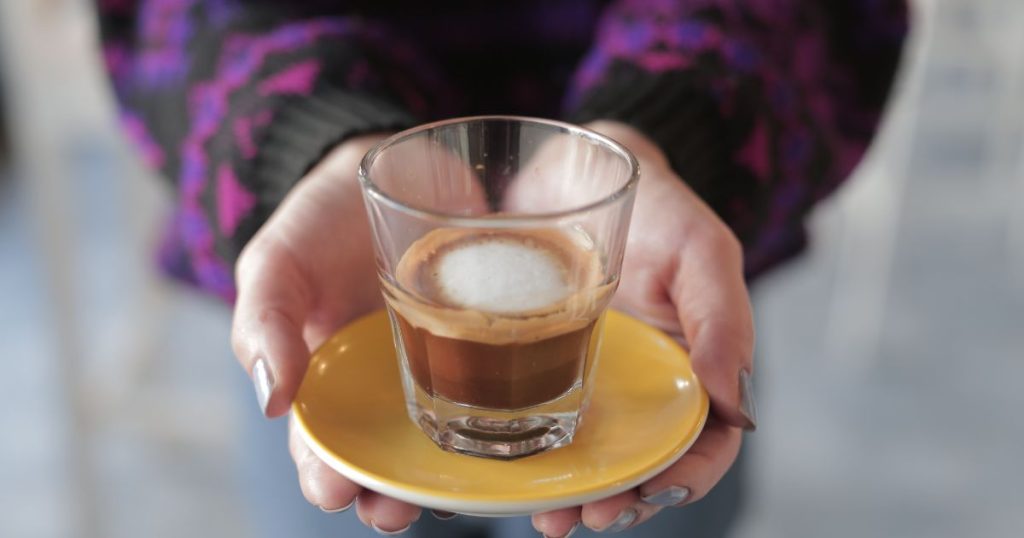
With a name that translates to ‘stained’ or ‘spotted’ in Italian, the macchiato offers a quick burst of intense coffee flavor with a hint of creamy texture. When you sip a macchiato, you’re experiencing a symphony of flavors in a small cup:
- Bold Espresso: The robust espresso hits your palate with a powerful punch, awakening your senses.
- Subtle Creaminess: The touch of steamed milk adds a velvety smoothness, balancing the espresso’s intensity.
- Intense Satisfaction: Each sip delivers a harmonious blend of rich espresso and creamy milk, leaving you craving more.
The macchiato is a perfect choice for those who crave the pure essence of espresso with just a hint of milk, encapsulating the true essence of intense flavor in a single small cup.
Beyond the Classics Global Flavors and Modern Twists
International Delights Exploring Regional Variations
Delving into the world of espresso beyond its classic forms reveals a captivating array of regional variations and modern twists that tantalize the taste buds with diverse global flavors.
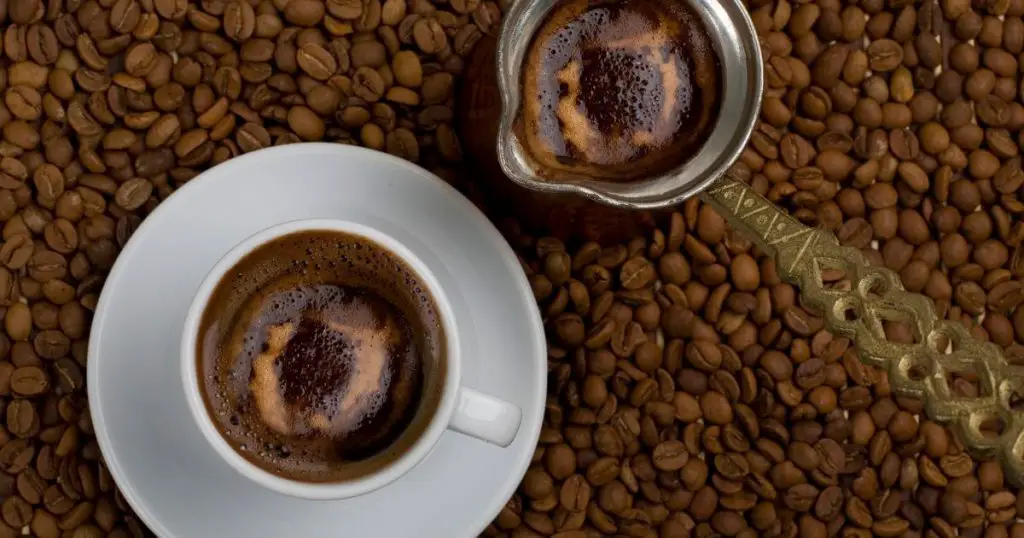
One can uncover the rich tapestry of espresso-based drinks that reflect unique coffee traditions and flavor preferences when exploring international delights. From the bold Spanish cortado to the intense Turkish coffee and the sweet Cuban cafecito, each sip tells a story of cultural heritage and innovation.
Modern twists on espresso take this experience further by infusing spices like cardamom and experimenting with flavors such as lavender, offering a delightful fusion of tradition and creativity.
Embracing these variations satisfies the palate and opens doors to a world of aromatic possibilities.
Modern Innovation Cold Brew, Nitro, and Infused Espresso
Exploring the realm of modern espresso innovation unveils a tempting array of cold brew, nitro, and infused varieties, each offering unique and exciting flavor experiences.
Cold brew espresso, created by steeping coarsely ground beans in cold water, delivers a smooth and less acidic profile. Nitro espresso, infused with nitrogen gas, presents a creamy texture akin to a frothy Guinness. Infused espresso takes on added flavors like vanilla or caramel, elevating the taste of adventure.
Global flavors in espresso, such as Spanish cortado or Turkish coffee, exhibit diverse cultural influences. Modern twists like espresso tonics and cocktails cater to evolving preferences. Embracing these innovations expands the coffee landscape, inviting exploration into a world where espresso knows no bounds.
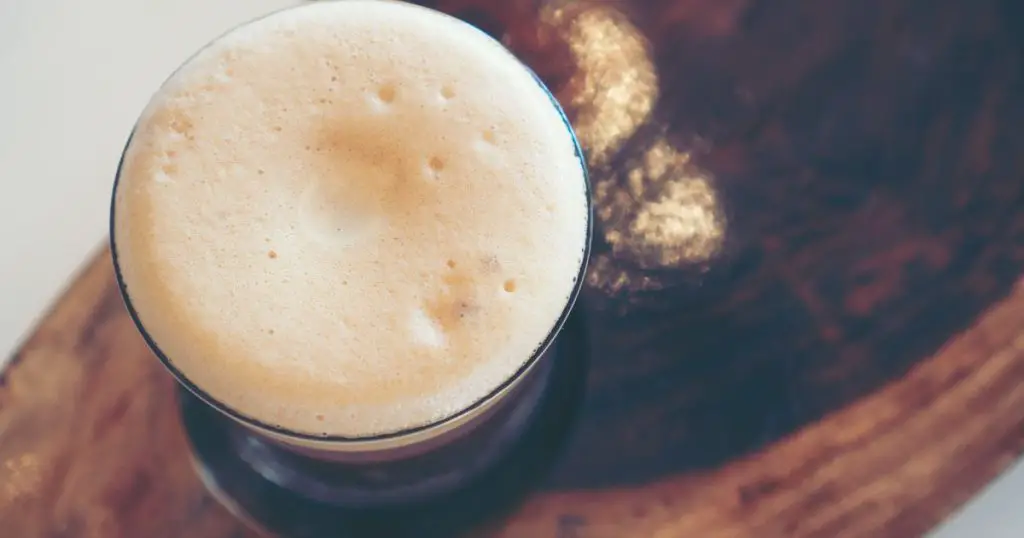
Beyond Coffee Exploring Flavor Pairings and Culinary Connections
Incorporating espresso into diverse culinary creations elevates the flavor experience, showcasing a fusion of global influences and modern twists.
Let Your Taste Buds Travel:
- Discover Exotic Flavors: Embrace the boldness of espresso paired with cardamom, cinnamon, or lavender for a taste journey like no other.
- Versatile Culinary Magic: From espresso-rubbed meats to espresso-infused desserts, explore the endless possibilities of incorporating espresso into your cooking repertoire.
- Embrace Cultural Diversity: Travel the world through your coffee cup with global influences like Italian affogato and Turkish coffee, opening your palate to new and exciting flavors.
Unleash your creativity, break free from tradition, and let espresso be your culinary companion in exploring a world of flavors and connections.
Immerse Yourself in the World of Espresso Coffee Culture
Let’s explore the vibrant world of espresso culture, where cafes buzz with energy and creativity, unveiling the secrets of skilled baristas and their expertise.
From community gatherings to intense competitions, the coffee world offers a rich tapestry of flavors and experiences, all while emphasizing sustainability and responsible brewing practices.
Join me in discovering espresso’s intricate and fascinating realm, where every cup tells a story of passion and dedication.
From Cafes to Competitions – The Vibrant Coffee Community
Immersing oneself in the vibrant coffee community reveals a world where cafes transform into arenas for barista competitions, celebrating the art of crafting exquisite espresso-based beverages. The coffee culture is a dynamic realm where creativity and skill converge, offering a sensory experience. Here’s what makes this community so captivating:
- Passion Ignites: Witness baristas pouring their hearts into every cup, turning espresso into liquid art.
- Innovation Unleashed: Explore specialty coffee shops pushing boundaries with unique espresso concoctions, tantalizing taste buds.
- Community Connection: From home espresso machines to bustling cafes, this culture unites coffee lovers worldwide in a shared love for the perfect brew.
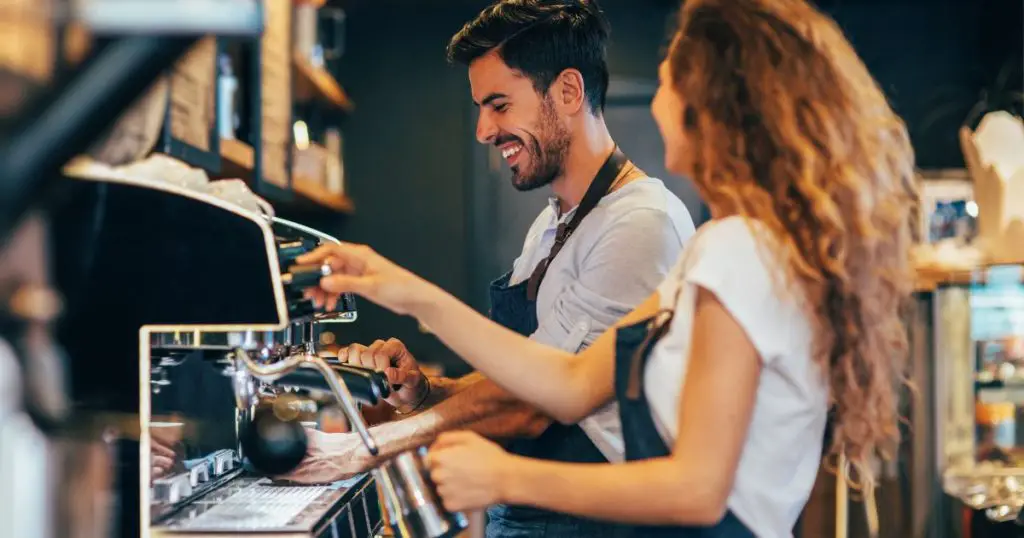
Barista Secrets Unveiling the Skills and Expertise
Delving into espresso craftsmanship unveils a treasure trove of barista secrets. Skills and expertise converge to create the perfect cup of liquid gold.
Baristas, the unsung heroes behind every exceptional espresso drink, meticulously adjust grind size, master the art of tamping pressure, and time the perfect extraction to extract the rich flavors from the beans.
Their dedication to quality and consistency shines through in every latte art design they carefully craft, adding a touch of creativity to each cup. With a deep understanding of espresso blends, origins, and flavor profiles, baristas curate a sensory experience for customers, guiding them to discover the nuances of espresso-based drinks.
The espresso world is a dynamic fusion of tradition and innovation, with baristas continuously honing their craft to deliver exceptional coffee experiences.
Sustainable Coffee Practices And Brewing with Responsibility
Brewing espresso with a commitment to sustainable coffee practices is vital to supporting environmental stewardship and the ethical treatment of coffee farmers in the global coffee industry. Embracing sustainable coffee practices in espresso production isn’t just about the drink itself; it’s a movement towards a better future for all involved.
Here are three reasons why sustainable coffee practices matter:
- Protecting the Planet: By using organic farming methods and promoting biodiversity, we safeguard our environment for future generations.
- Empowering Coffee Farmers: Fair trade practices ensure that coffee farmers receive fair compensation for their hard work and dedication.
- Enhancing Flavor and Quality: Implementing sustainable practices leads to higher quality beans, resulting in a more flavorful espresso experience that you can enjoy.
Coffee Science 101 – Delving into the Chemistry of Flavor
As we explore the chemistry of flavor in espresso, we unravel the intricate components that shape its taste.
From the composition of coffee beans to the extraction science, each element is crucial in unlocking the maximum flavor potential.
Through sensory analysis, we decipher the rich language of coffee flavor, paving the way for a deeper appreciation of the art and science behind every cup.
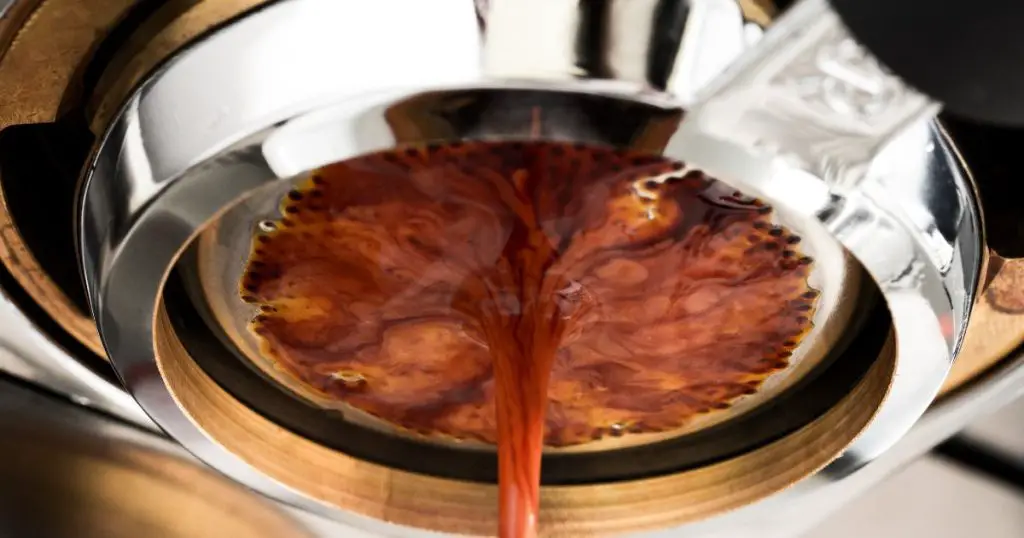
Coffee Bean Composition – Understanding the Building Blocks of Taste
Exploring the intricate composition of coffee beans unravels the fundamental elements that shape the exquisite taste of espresso. When delving into flavor chemistry, I uncover the secrets hidden within each bean. Here are three key components that contribute to the magic of espresso:
- Volatile Compounds: These 800 compounds create a symphony of aromas and flavors, making every sip a sensory delight.
- Acids: Citric, malic, and acetic acids dance on your palate, defining the acidity and brightness of the brew.
- Caramelized Sugars: The sweetness derived from these sugars, transformed during roasting, harmonizes the bitter notes, creating a balanced and nuanced flavor profile.
Understanding these building blocks allows me to appreciate the artistry behind each cup and inspires me to explore the endless possibilities of espresso.
Optimizing for Maximum Flavor Potential With Extraction Science
Unveiling the intricate dance of variables in espresso extraction science reveals the key to unlocking the maximum flavor potential in every shot.
Water temperature, pressure, grind size, extraction time – each element is crucial in extracting the perfect balance of flavor compounds from the coffee grounds.
The magic begins with the right water temperature, ensuring optimal extraction without scorching the beans. Pressure then steps in, pushing the water through the grounds with the right force to extract the desired flavors.
Grind size dictates the surface area of the coffee particles exposed to water, influencing the extraction rate. Finally, the extraction time determines how much flavor compounds are captured in the final brew.
Mastering these variables leads to a symphony of flavors in every cup of espresso.
Sensory Analysis Decoding the Language of Coffee Flavor
Have you ever wondered how sensory analysis decodes the intricate language of coffee flavor, revealing the chemistry behind each delightful sip? Let me take you on a journey into the world of espresso and its fascinating flavor profile:
- Dive into Espresso: Espresso embodies a symphony of flavor compounds, from the bold acidity to the rich aroma compounds, creating a sensory experience like no other.
- Unraveling Acidity: Acidity in coffee isn’t just about sourness; it adds brightness and liveliness to your espresso, enhancing its complexity.
- Exploring Coffee Profiles: Each espresso shot tells a unique story through its blend of flavor compounds, inviting you to savor the diverse aromas and tastes in different coffee profiles.
Join me in unraveling the secrets behind espresso’s alluring flavor palette!
Alternative Brewing Methods Exploring Beyond the Machine
The Moka Pot Classic Stovetop Espresso for Traditionalists
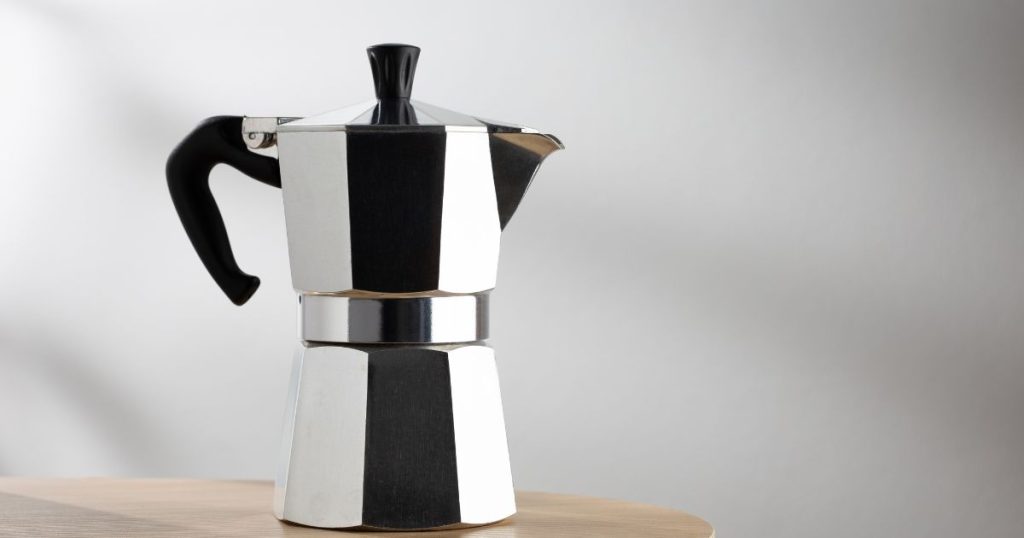
Delving into alternative brewing methods beyond the confines of modern machines, the Moka Pot is a classic stovetop espresso maker cherished by traditionalists for its rich and intense coffee experience. As a passionate coffee enthusiast, let me take you on a journey through the world of Moka Pot brewing:
- Heritage: The Moka Pot, invented by Alfonso Bialetti in 1933, carries the legacy of traditional Italian coffee culture.
- Aromas: The Moka Pot brews coffee with an aroma that fills the kitchen, promising a flavorful and robust espresso-like experience.
- Ritual: For those who appreciate the process of brewing, the Moka Pot ritual offers a hands-on and rewarding way to savor a strong cup of coffee at home.
The AeroPress – A Versatile Tool for Coffee Exploration
Exploring the world of alternative coffee brewing methods beyond the conventional machine, the AeroPress stands out as a versatile tool for coffee enthusiasts seeking a rich and customizable brewing experience.
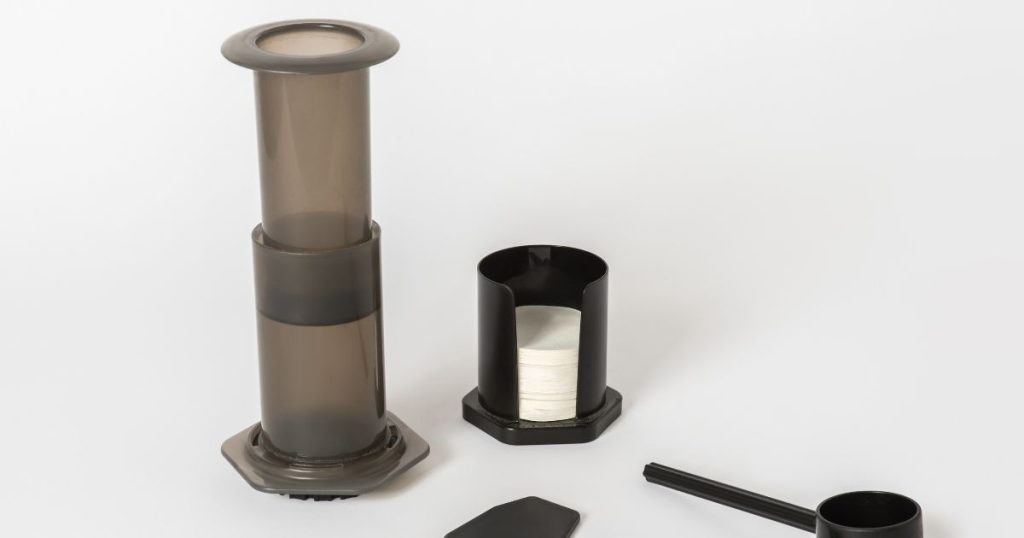
Invented in 2005 by Alan Adler, the AeroPress utilizes air pressure to push hot water through coffee grounds, reminiscent of espresso extraction.
What sets the AeroPress apart is its portability, ease of use, and the ability to adjust brewing variables such as grind size, water temperature, and steeping time. This flexibility allows for endless experimentation, resulting in various flavors and strengths.
Favored for its convenience and the smooth, rich coffee it produces, the AeroPress is a must-have for those passionate about exploring the vast world of coffee beyond traditional espresso methods.
Stovetop Espresso – A Simple Option for Beginners
Venturing into the realm of alternative coffee brewing methods, the realm of stovetop espresso presents a simple yet compelling option for beginners seeking a flavorsome experience. Using a Moka pot, stovetop espresso offers a delightful journey into the world of brewing methods. Here’s why it’s a fantastic choice for beginners:
- Affordability: Stovetop espresso provides a budget-friendly way to enjoy espresso-like coffee at home.
- Convenience: With its straightforward brewing process, stovetop espresso offers a hassle-free experience for beginners.
- Flavorful Results: Despite its simplicity, the Moka pot produces a strong and flavorful coffee that rivals traditional espresso machines.
Embrace the art of stovetop espresso brewing and unlock a world of rich flavors right in your kitchen.
Experimentation Playground Creating Signature Espresso Drinks
I’m thrilled to discuss the exciting world of creating signature espresso drinks.
By experimenting with flavor fusion through spices, syrups, and infusions, one can unlock a realm of unique taste experiences.
Embracing seasonal twists with fresh, local ingredients and mastering latte art can elevate the espresso journey to new heights of creativity and enjoyment.
Flavor Fusion Exploring Spices, Syrups, and Infusions
In espresso crafting, the infusion of spices, syrups, and aromatic elements opens up a world of flavor possibilities.
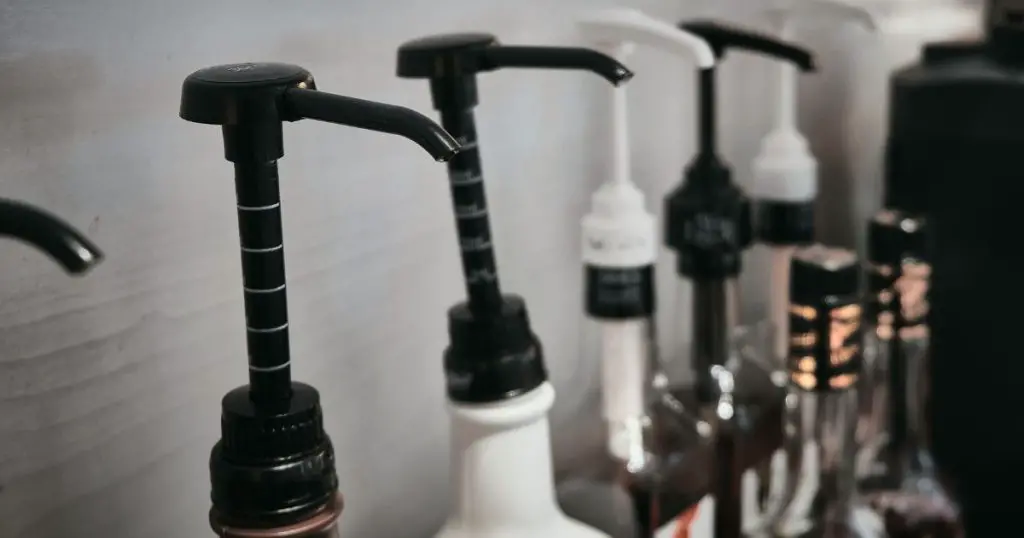
Spices: Experiment with cinnamon, nutmeg, or cardamom to add a unique twist to your espresso creations.
Syrups: Enhance the sweetness and depth of your drinks with vanilla, caramel, or hazelnut syrups.
Infusions: Try infusing lavender, rosemary, or mint into your espresso for a refreshing and aromatic experience.
Diving into the world of flavor fusion allows endless creativity in crafting your signature espresso drinks. By exploring the depths of spices, the sweetness of syrups, and the freshness of infusions, you can tailor your espresso experience to match your taste preferences. Let your taste buds dance with the freedom of experimentation!
Seasonal Twists Embracing Fresh and Local Ingredients
Exploring the vibrant realm of espresso creation through seasonal twists that embrace fresh and local ingredients ignites a playground of experimentation in crafting signature espresso drinks.
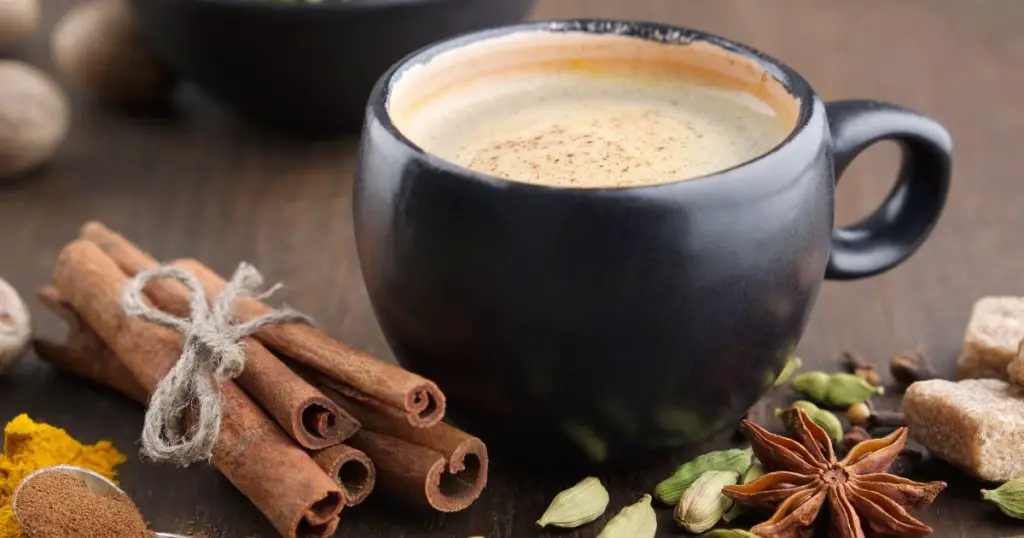
Baristas dive into a world where espresso meets the essence of each season, infusing drinks with the flavors of ripe fruits, aromatic spices, and fragrant herbs.
By incorporating local ingredients, espresso experiences a transformation, reflecting the region’s unique characteristics and supporting nearby producers. This infusion of freshness elevates traditional espresso drinks, offering customers a chance to savor new and exciting flavor combinations.
Seasonal twists not only tantalize taste buds but also allow baristas to showcase their creativity and innovation, turning each cup of espresso into a limited-time masterpiece.
Latte Art Mastery Transforming Milk into Beautiful Designs
Skillfully transforming steamed milk into intricate designs, latte art mastery elevates the visual appeal of espresso-based drinks, creating a canvas of beauty and creativity.
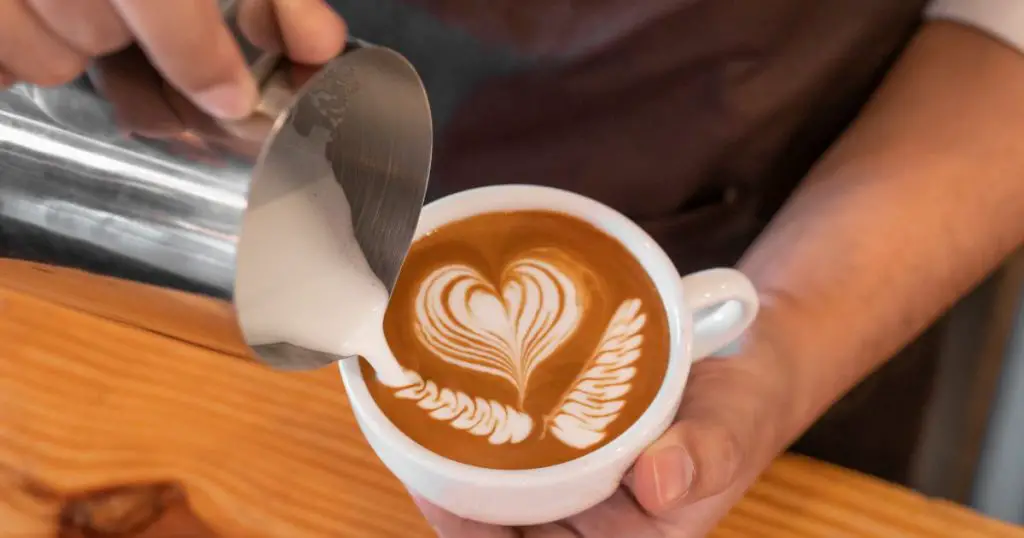
When baristas expertly craft these designs, they turn a simple cup of espresso into a work of art. The process of pouring and etching brings a touch of elegance to each drink, showcasing the barista’s talent and passion for their craft.
As the designs take shape on the velvety surface of the espresso, a sense of wonder and delight fills the air. With each sip, one not only tastes the rich flavors of the espresso but also experiences the dedication and skill that went into making that perfect latte art creation.
Resources and Community Where to Learn and Connect
Regarding learning about espresso, I strongly recommend gearing up with the right equipment to kickstart your coffee journey.
Joining online communities is a fantastic way to connect with like-minded coffee enthusiasts and gain valuable insights.
Additionally, diving into further reading materials will help deepen your understanding and appreciation of the art of espresso brewing.
Recommended Equipment Gear Up for Your Coffee Journey
Where to start your coffee journey with the right equipment and a supportive community? Let’s dive into the essentials for your espresso-making adventure:
- Invest in Quality: A semi-automatic or super-automatic espresso machine will be your trusty companion in crafting delicious espresso at home.
- Grind with Precision: Equip yourself with a high-quality burr grinder to ensure your coffee beans are ground consistently for that perfect espresso extraction.
- Enhance Your Experience: Don’t forget accessories like a tamper, milk frother, and espresso cups to elevate your espresso-making process and explore exciting drink variations.
With these tools, you’ll be well-prepared to embark on a flavorful journey into espresso.
Online Communities Connect with Fellow Coffee Enthusiasts
Joining online coffee communities opens doors to a wealth of resources and connections for passionate espresso enthusiasts. Specialty coffee forums like CoffeeGeek.com and Barista Hustle delve deep into espresso techniques and equipment, offering valuable insights and discussions.
Platforms like Reddit’s r/coffee and Home-Barista.com provide spaces for coffee enthusiasts to share their experiences, seek advice, and expand their knowledge base. Social media platforms like Instagram showcase espresso artistry and trends through dedicated accounts and hashtags, creating a visually stimulating environment for enthusiasts.
Additionally, online courses from organizations like the Specialty Coffee Association offer formal education opportunities for those looking to enhance their espresso brewing skills. Engaging in virtual coffee festivals and events lets participants connect with industry professionals and like-minded espresso aficionados worldwide.
Further Reading Deepen Your Coffee Knowledge
To deepen your coffee knowledge and connect with a vibrant community of enthusiasts, explore a variety of resources and platforms dedicated to the art and science of espresso. If you’re passionate about espresso and eager to expand your understanding, here are some fantastic avenues to consider:
- Join Online Forums: Engage with fellow coffee lovers, share experiences, and learn from diverse perspectives in forums like Home-Barista or CoffeeGeek.
- Attend Coffee Workshops: Participate in workshops or classes offered by local roasteries, cafes, or specialty coffee shops to refine your espresso-making skills.
- Follow Influential Blogs: Stay updated on the latest trends, techniques, and equipment reviews by following renowned coffee blogs such as Barista Hustle or Perfect Daily Grind.
Compared to Other Coffee Drinks
Conclusion
Congratulations! You’ve just unlocked the secrets to making and enjoying a perfect cup of espresso.
With this knowledge, you can confidently order an espresso at your favorite coffee shop or even make one at home.
As you sip on your rich and flavorful espresso, take a moment to reflect on the journey that took you here – from learning how to spell and pronounce “espresso” correctly to exploring its different types and ingredients.
Espresso is more than just a coffee drink – it symbolizes sophistication, culture, and passion. It represents the artistry and craftsmanship of creating the perfect coffee experience.
So go ahead, indulge in a delicious shot of espresso today, and appreciate all that it stands for.
Cheers!

Mike Shaw
Mike is a fervent aficionado of all things coffee. His journey has taken him from the verdant coffee farms of South America to the vibrant coffeehouses of Europe and many places in between. Over the years, he's delved deep into the intricate tapestry of coffee, savoring, brewing, and analyzing myriad varieties. For Mike, coffee transcends its role as a morning energizer; it's a world waiting to be explored and cherished.

